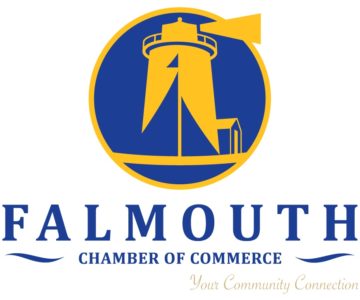By Patrick Neenan
Growing up, my father labeled myself and group of teenage friends as the “cellar dwellers.” We had an old pool table with a sagging left corner pocket propped with cinder blocks and two by fours. A yard sale ping pong table was purchased so we could make the pool table into a ping pong platform (though it had some dead spots like the old Boston Garden parquet court). When my friend donated an old TV to the cellar, the basement was transformed into our oasis where we spent countless hours. My father often joked that he didn’t want to make it any better or we’d never leave.
Today, it’s quite common to see three generations of family living together. Some situations work out great, others, not so much. What are the benefits and the drawbacks to this setup?
Pros
- Financial advantages to all in household
- Convenient care for children and grandparents
- Maintenance and housework sharing/assistance
- Family relationships/bonds, especially grandchildren with grandparents
Cons
- Privacy
- Noise
- Space
The successful, more harmonious arrangements that I have seen are a direct result of the space and accommodations a home has to satisfy all family members. Ideally, an in-law set up satisfies all negative aspects. Many towns and cities will review and permit single-family residences to be re-classified as legal in-law residences and we’ve seen appraised values on these properties appreciate in the current market. Renovations of basements and kitchens and additions of bedrooms and bathrooms are also key components to improving the multigenerational cohabitation. Transforming an existing home can be a wise, fulfilling decision to combat the common struggles of economic challenges we face today. Significant student loan debt, competitive job markets, rising health care costs and delayed retirement are substantial realities that require a thoughtful strategy and perhaps an out of the box solution.
The good news is that interest rates remain at historical lows. In many cases, refinancing to pay for additions, upgrades, or renovations make a lot of sense. For those that have an existing 3 percent or 3.50 percent mortgage in place already, a second mortgage may make more sense. Lending guidelines have eased in 2017 and programs are available for folks with less than 20 percent equity in the property, especially when the purpose of the loan is for Home Improvement. For example, a home that is valued at $450,000 and has an existing first mortgage of $300,000 would qualify for a home improvement equity loan of $298,500 (yes, the total amount of both loans can exceed the current value). The thinking here is that the funds used to improve/upgrade the home will also increase the value in a stable, appreciating real estate market (which we are in). Also, statistics show that homeowners who invest in home improvement upgrades/renovations have already decided to stay in that home longer.
Families are complicated today, but I believe in being very resilient and resourceful, taking advantage of tools to improve and adapt. Consider improving the environment for the “cellar dwellers” and they just may stay, but be sure their contribution is clear and collected in some fashion. In my case, the family home was sold when my parents downsized to smaller, one-level living (without a basement!). I now enjoy a modest, three-bedroom home with my wife and three teenage children and in our case, my basement takes on water, so the only cellar dwellers I see is the occasional frog.
Patrick Neenan is Vice President of Residential Lending for First Citizens’ Federal Credit Union. He can be reached at patrick.neenan@firstcitizens.org or (774) 628-7859.























